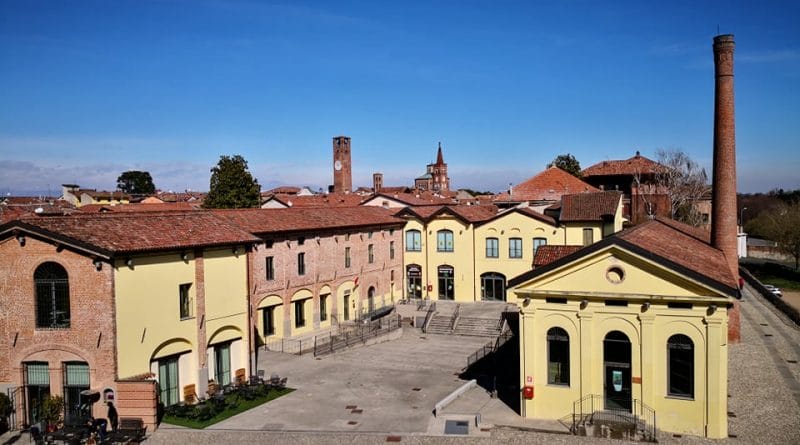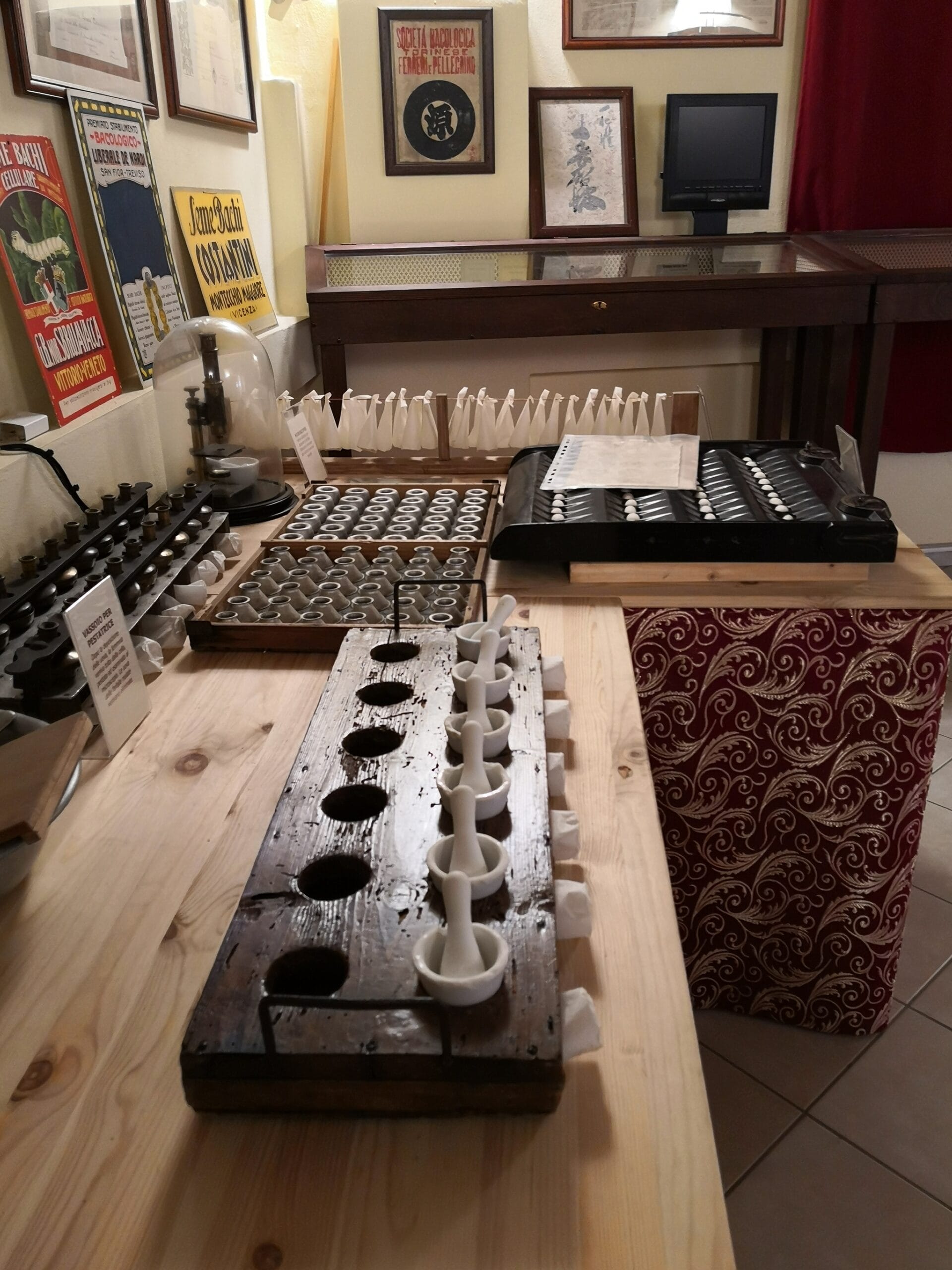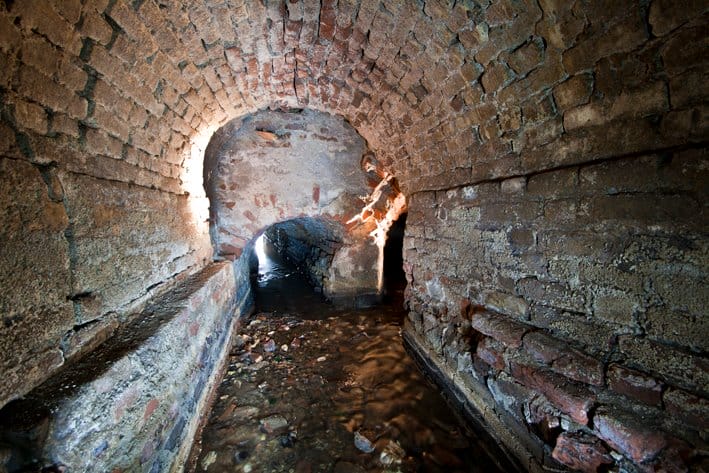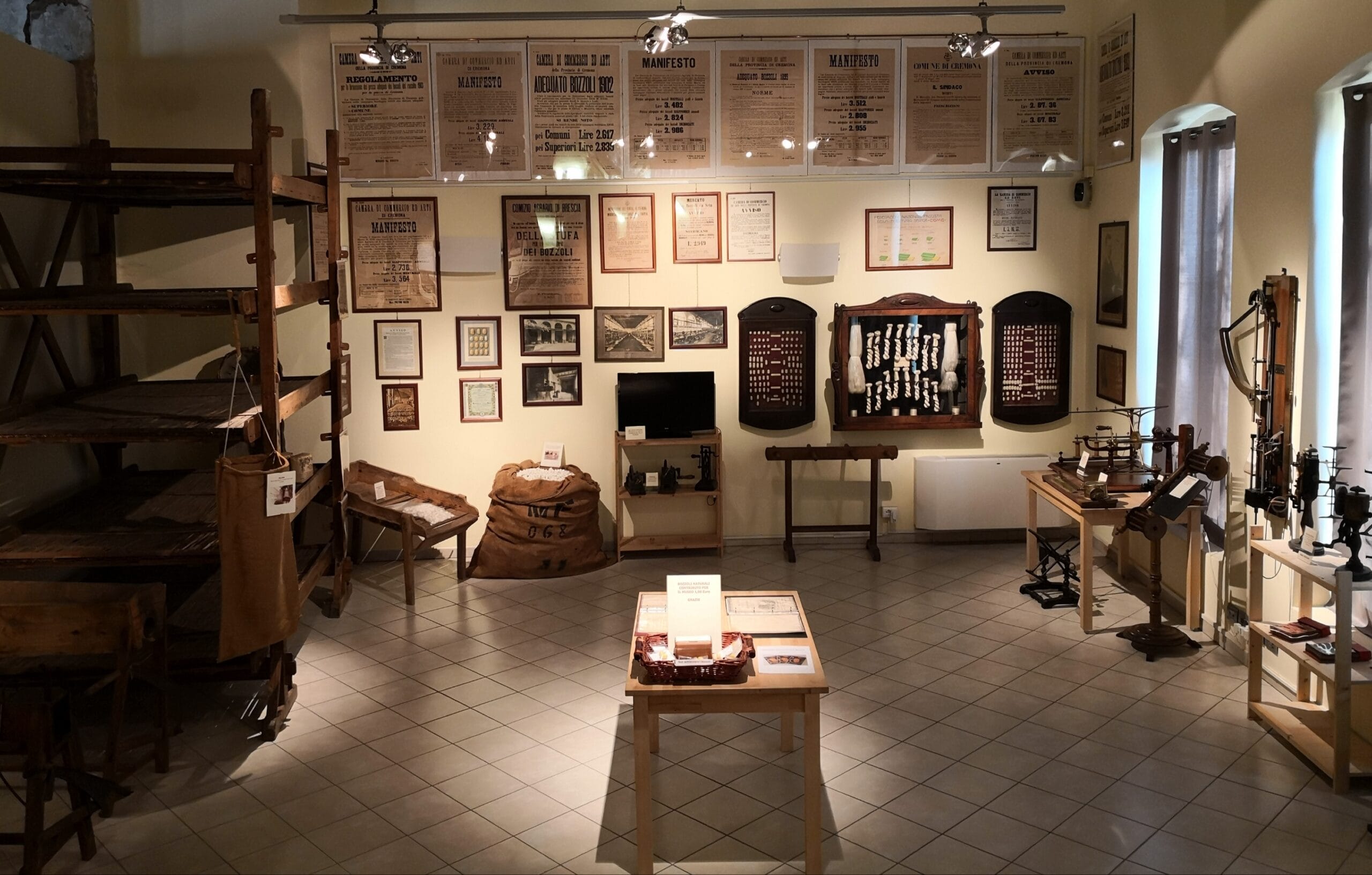SONCINO SILK MUSEUM
Translation by Marina Dlacic
www.soncino.org
museosetasoncino@gmail.com
In Soncino (Cremona), near the Rocca Sforzesca, inside the former Meroni spinning mill, a nineteenth-century industrial complex closed in 1961, the Silk Museum documents the breeding of silkworms and the ancient artisan production of this precious yarn through the ancient tools, from the procurement of silkworm eggs to reeling. The museum was born thanks to the private collection of its curator, Enzo Corbani, begun over twenty years ago and still ongoing.
The breeding of silkworms has marked and shaped the landscape and life of this area and its inhabitants for a long time. Since the worm eats about 900 kg of mulberry leaf per ounce from birth to adulthood (1 ounce = 30 grams of worm-seed = approx. 45,000 eggs), Soncino was dotted with real plantations of white mulberry, native of China and also the only one suitable for quality silkworm breeding. This activity was practiced mainly by women, old people and children, while men worked in the fields and therefore this allowed families to earn money while waiting for the harvest.
Bacological section
The Museum wants to preserve and keep alive the memory and history of this production, made of competence, excellence, ancient knowledge and traditional practices, which must not be lost.
The museum itinerary winds from the courtyard where the water decantation tanks are still visible, and continues through the large collection of tools for transforming the cocoon into silk thread, enriched by various videos on sericulture, including one from 1942 showing a spinning mill where the silk parachutes used during the 2nd World War were manufactured. It is also possible to visit the medieval water / sewage system that passes under the building and which once carried the water used by the spinning mill for the processing of cocoons.
The medieval water/sewage system
A very rare peculiarity of this museum is the room recently opened to the public and dedicated to bacological institutes or semen-worms, that is, egg-producing companies. The Museum also boasts a rich collection of posters and a collection of over 400 period postcards.
Tourist, educational and laboratory itineraries within the Silk Museum are proposed and curated by the coop Borgo di Soncino which specifically accompanies school groups of all levels.
Bachiculture section



